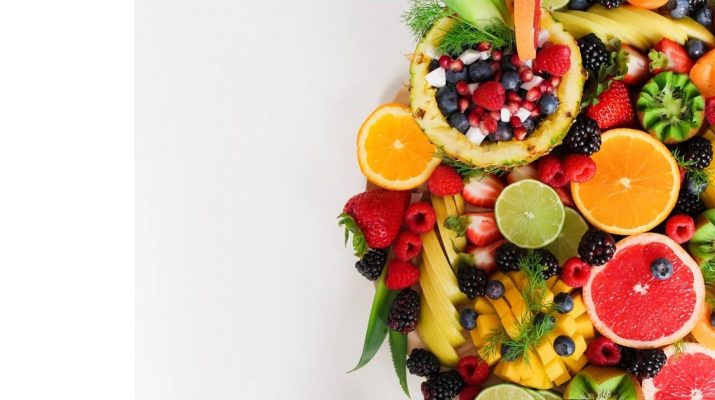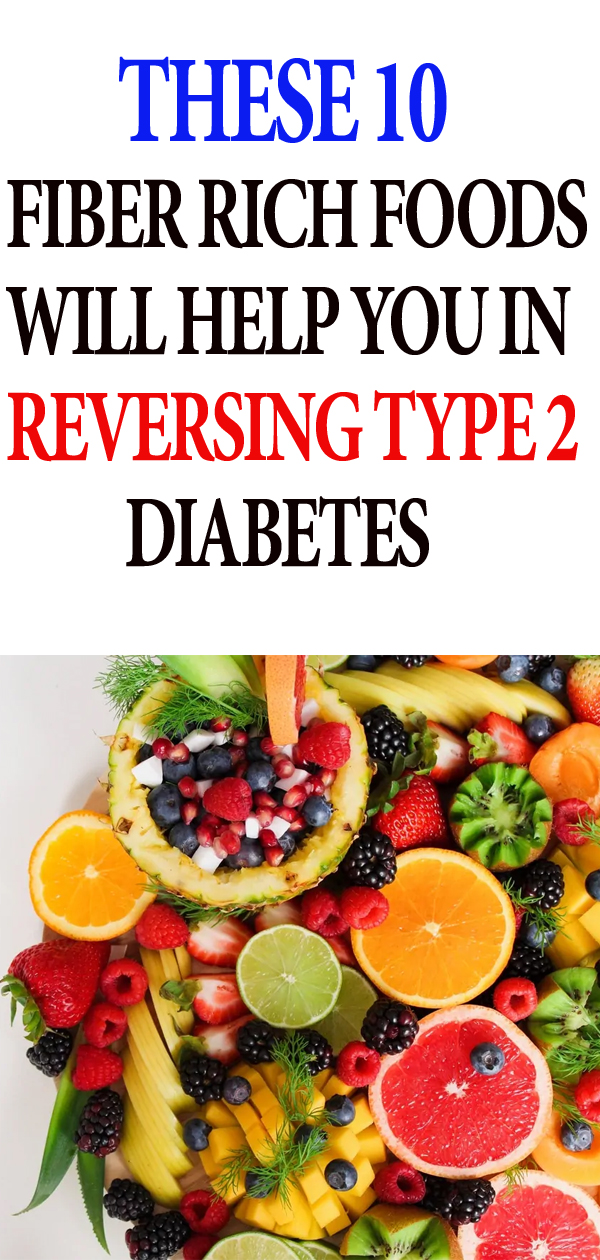Whether your diabetic, pre-diabetic, or just want to eat a little better, boosting your fiber intake and reducing the number of processed foods you ingest is a great investment in your well-being.
Fiber-rich foods have some great benefits. Generally, they’re less expensive and can be purchased in bulk, such as beans and whole oats. Additionally, they’re lower in processed sugars, preservatives and unhealthy chemicals that offer no nutritional value.
Make Things Easy: Eat Simply
Highly processed and refined foods get in the way of addressing your diabetes in two ways. These foods
1) have had all the fiber processed out of them, and
2) contain hidden sugars
It’s easy to load up your cupboards with these unhealthy choices, and these foods are often just a box or bag away from your reach. Whenever possible, load your cupboards and refrigerator with easy to grab, fiber-rich foods and nutrient-dense vegetables, fruits and whole grain products.
Ten Fiber Rich Foods For Diabetes Management And Reversal
- Leafy Greens, such as spinach, kale and collard greens
- Sweet potatoes
- Beans, including black, pinto and navy beans
- Oranges and grapefruits
- Berries
- Whole wheat pasta
- Pears
- Broccoli
- Carrots
- Bran flakes
New Ways To Use These Foods
The list above may lead you to believe you need to exist on salads. This is not at all necessary! Fresh greens do make great salads, but you can also steam, boil or chop greens into delicious soups and stews.
If you’re one of the people who gave up on sweet potatoes after one too many Thanksgiving failures try again! These delicious vegetables thrive in savory settings.
Also, put your roasting pan to work. If carrots in any form are less than thrilling, clean and slice up some large carrots, toss them in olive oil and salt, and roast or grill them. The roasting and searing process brighten up the natural sweetness of carrots, turning them from bunny food to a gourmet treat.
Finally, try to add something raw to each meal. Again, if you’re not a traditional salad fan, you can still make this work. A pear, cut into quarters, goes great with whole wheat toast or a cheese sandwich. Skip the sandwich and chips for lunch and have tuna salad on crackers with a bowl of fresh strawberries.
Plan Ahead
If you love oranges and other citrus fruits but never seem to use them up before they spoil, plan ahead. Rather than toting an orange to the office, peel, and section it into a storage bag before you go to the office.
Invest in a small cooler and stock it with low calorie, fiber-rich foods such as hummus, whole grain crackers, and some fresh crunchy veggies. When you feel an urge to hit your local snack machine loaded with highly processed foods, open up that cooler instead!
Embrace This Change!
Altering your diet to address your diabetes concerns doesn’t mean you can never have sugar again. You do need to watch your carbohydrate intake. However, you can plan a sugary treat for a special occasion by working this food into your carbohydrate intake for the day.
Pay Attention To Your Taste Buds
If your daily routine included a candy bar at 3 p.m., you will probably need to build a new habit for long-term success. Luckily, by making dietary changes that include more fiber-rich foods and fewer processed ones, your cravings for sweets will change as your taste buds adjust.
What used to be delicious will taste far too sweet. Do you remember your favorite holiday treat from childhood? If you were to eat a handful of that item, such as popcorn balls or burned marshmallows, you likely would find it far too sweet. Often, an eating choice that we’ve turned into a habit can be changed by reducing our exposure to empty calories and highly processed foods.
Conclusion
The Standard American Diet (SAD) is just not healthy. Over-exposure to hyper-processed, sugar and chemical laden foods isn’t doing any of us any good. Eating to control, reverse or avoid a diabetes diagnosis can actually help you reduce your exposure to inflammatory toxins. Making these dietary changes will take time, but you are worth it!


